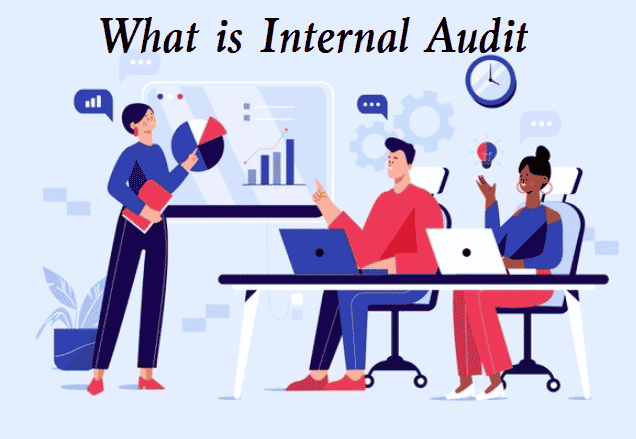A quality management system audit is divided into internal audit and external audit. The purpose of the audit is to test the effectiveness, sufficiency, and suitability of the organization system. Through the audit, nonconformities in system operation can be found, so as to provide evidence and opportunities for continuous improvement. In this article, let’s see how to conduct the ISO 9001 internal audit.

The external audit is one of the main forms of audit. Although it can be carried out objectively and fairly, its time and frequency are often limited by external conditions. In comparison, the internal audit has certain flexibility and randomness under the condition of strictly complying with the same requirements as the external audit. The quality management department of the company can organize the internal audit in time according to the actual operation of the organization system, and find the nonconformities in the operation of the system, but the internal audit is often ignored. If the quality of internal audit planning is not high, the effect of internal audit will be greatly reduced.
How to Conduct ISO 9001 Internal Audit
Fully and Effectively Plan the Internal Audit
1. Allocation of internal auditors
The selection of internal auditors should consider the following:
- Coverage: it is better to select one or two persons from each department, and at least the relevant personnel from the production department, quality department, technology department, management department and other major departments should participate, because the auditors from these departments often have a strong sense of management system, which can ensure the depth of audit. At the same time, attention should be paid to the echelon construction to avoid the loss of personnel resulting in the unavailability of auditors.
- Capability confirmation: it has received systematic training in ISO 9001 standard and obtained qualification recognition. It is better to combine the internal auditor training certificate and internal recognition process (internship, assessment, retraining, etc.) to improve the audit skills.
2. Audit plan
To avoid the fixed internal audit once a year, the timing and frequency of the audit should be planned according to the maturity of the system and whether there are major changes affecting the operation of the system. The audit plan shall be distributed to the audited department about one week before the audit date, so that the audited Department has a proper time to prepare. All departments and management that need to be audited should be reflected in the plan. Best of all, the audit content, including the clause number, should also be reflected.
The audit time shall be reasonably arranged according to the complexity of the Department’s management responsibilities. It is recommended that the audit time of the production department, quality department, technology department and other major departments account for at least 1/2 of the total time. The audit team leader should appoint a person with strong coordination ability and strong system management thinking (such as the quality supervisor) to take the responsibility. In order to reflect impartiality, auditors should try to avoid reviewing the contents of their own responsibilities.
3. Checklist
A good checklist can well guide auditors, especially those who have just been engaged in auditing for a short time. It is better to compile the checklist according to the Department rather than the terms so that the auditor can grasp the audit more easily and smoothly. The process and terms shall not be omitted during preparation. Some common inspection points such as quality objectives, document control, record control, ability awareness training, and corrective and preventive measures shall be reflected in the audit form of each department.
Audit Process Control
- The internal auditor shall be clear in the audit, grasp the key points of the audit, pay attention to the key issues, and avoid superficial and general discussion.
- More open-ended questions shall be raised during the audit, and the problem points shall be fully communicated. In addition to confirming the compliance, the input source of perfect system shall also be sought.
- The problems raised in the last internal or external audit should be tracked during the audit.
- The necessity of cross audit. For example, when some evidence needs to be confirmed by cross department and cross functional teams, members of different audit teams should communicate and pass the information to the other party for tracking.
Summary and Problem Tracking
- For the negative problems found in the internal audit, the responsible person and time limit for rectification shall be set and closed in time.
- The proposed corrective measures shall be aimed at the root cause of the problem.
- Purpose of summary: find out the system problems and main causes found in the internal audit, so as to provide them to the management for review on whether to optimize the resource allocation and change the quality objectives.
Of course, the attention paid by the management to the internal audit largely determines the effectiveness of the internal audit. The management should ensure the smooth progress of the internal audit from the system. Sometimes, some enterprises have adopted certain reward and punishment measures to support the internal audit work, but it is necessary to avoid the auditee’s resistance to the audit for fear of affecting the collection and judgment of evidence.